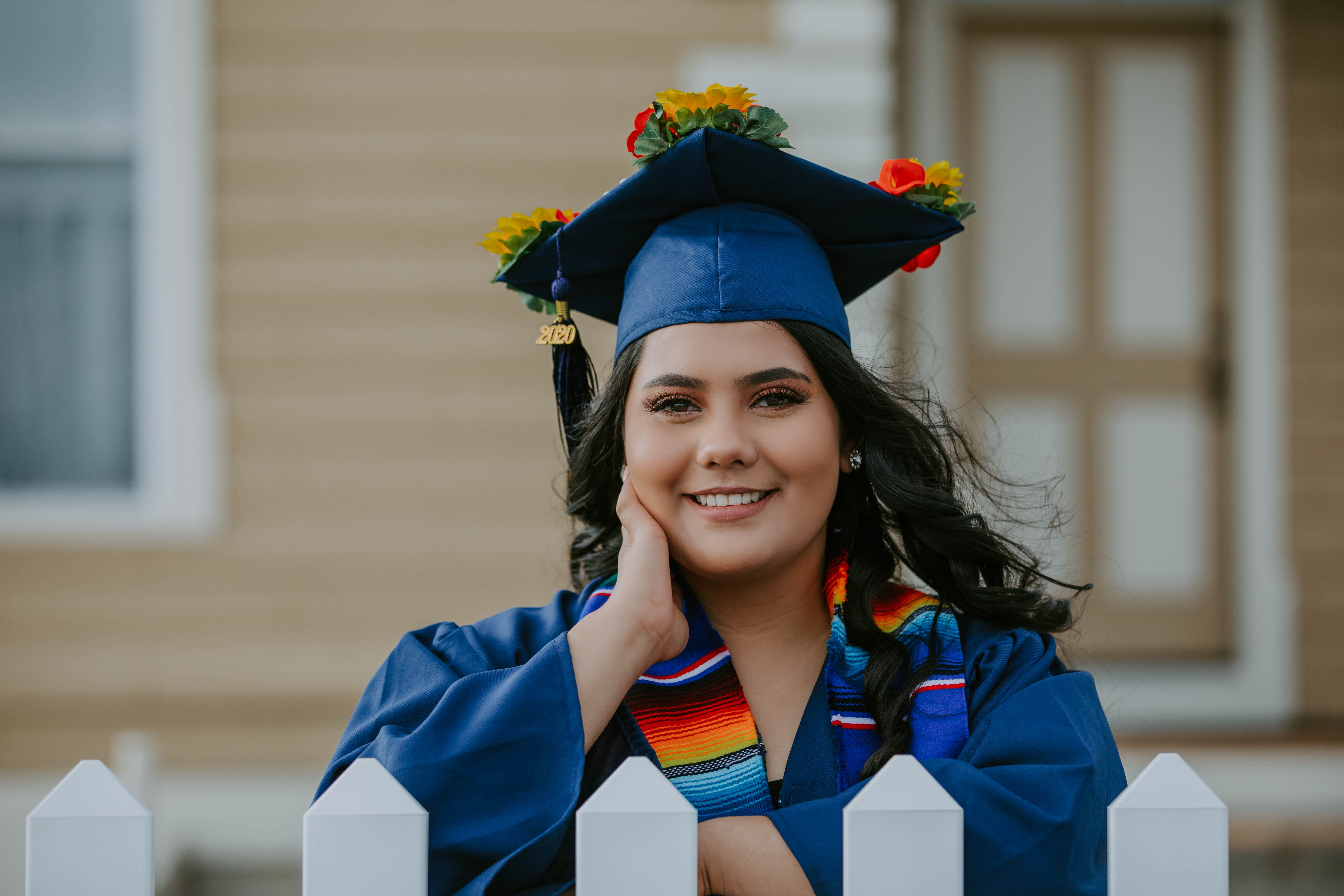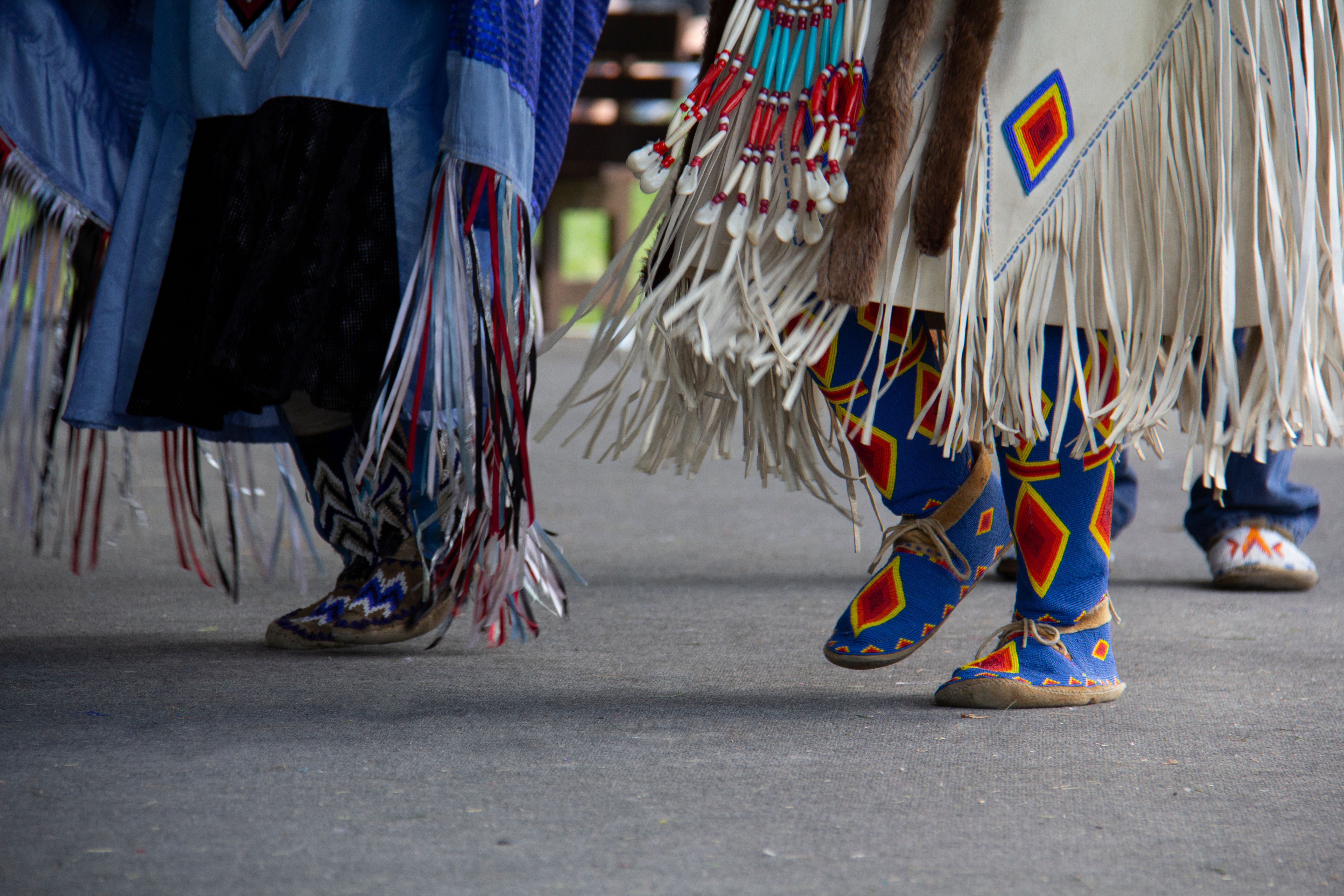Alabama Indian Affairs Commission Scholarship
If you have any questions, please call (334)-240-0998.
Access to higher education for American Indians is significantly lower compared to the general population, with a much smaller percentage of Native Americans earning bachelor’s degrees, largely due to factors like socioeconomic disparities, cultural barriers, and limited access to culturally relevant education, particularly at institutions outside of Tribal Colleges and Universities (TCUs) which are specifically designed to support Native students.



Cultural Barriers:
Navigating a predominantly non-Native academic environment can be challenging, especially when considering cultural differences and perspectives.
Financial Constraints:
Many Native American communities face economic disadvantages, limiting access to higher education due to tuition costs
For further details or to apply, visit the official Alabama Indian Affairs Commission website.
